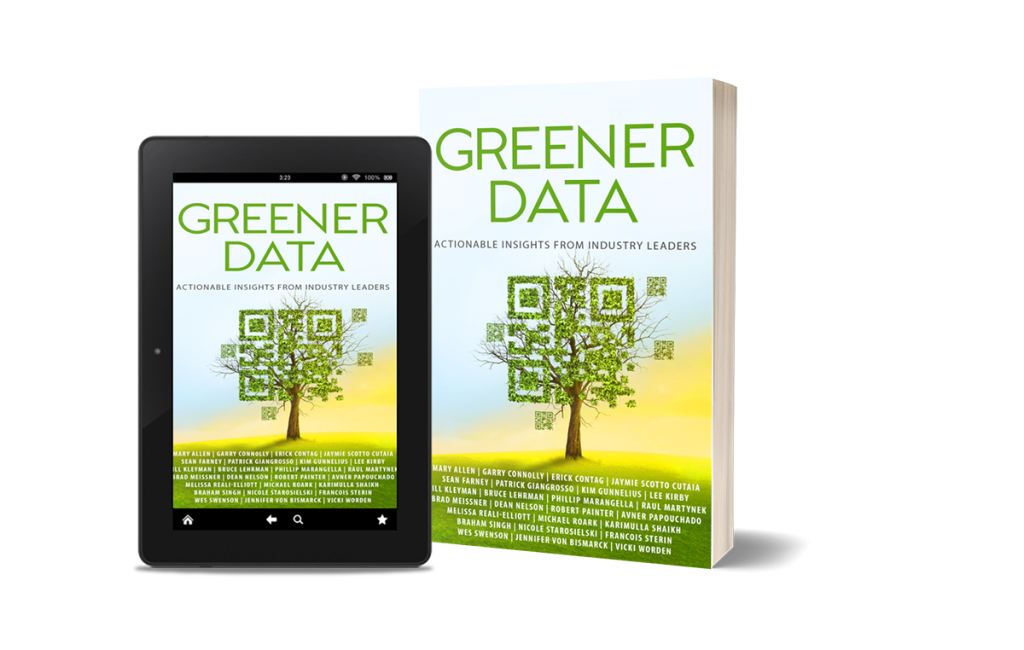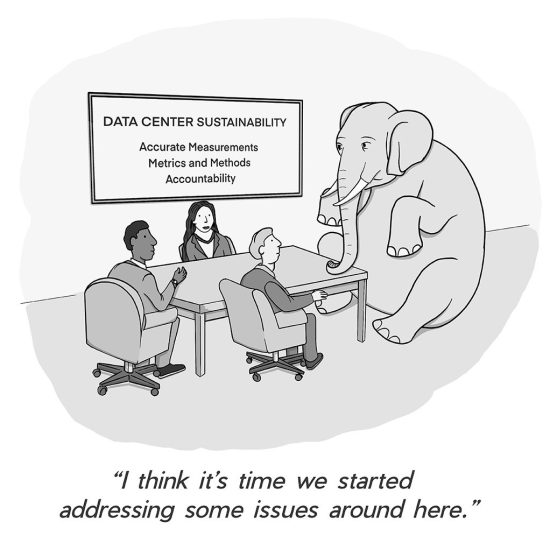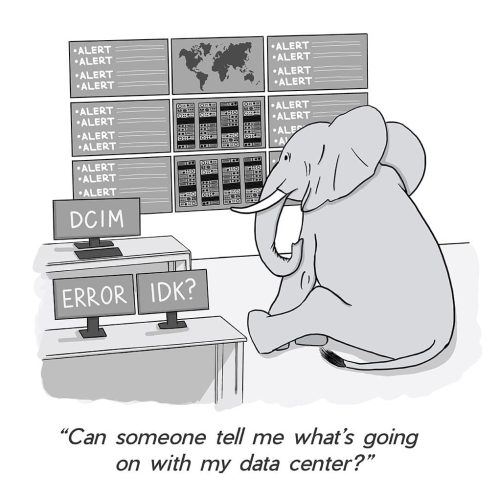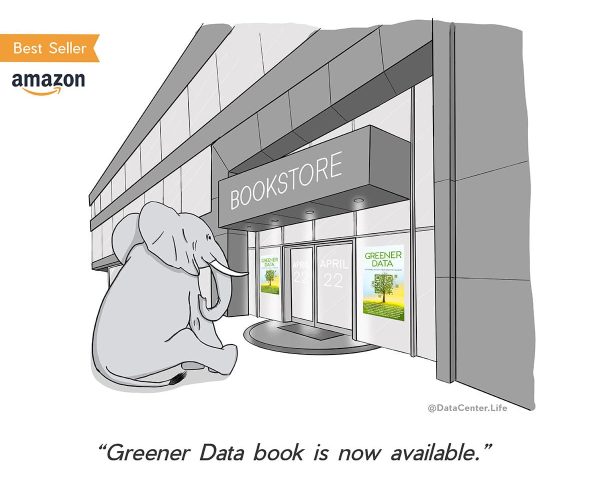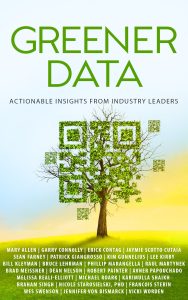What Is Happening with Green Power Inside and Around the Data Center?
Everybody talks about green data centers, but nobody knows exactly what that means. Let’s explore.
As in most industries, there are many shades of green. And there are shades of green that are, in fact, closer to shades of brown. The first and the most obvious step is to improve the data center efficiency. PUE (Power Utilization Effectiveness ) is the metric that quantifies the data center efficiency performance. Significant progress has been made over the years in improving the PUE from 2.0 to modern data centers operating today at 1.2, and, in some cases, even lower.
Offsetting is another tactic that data center operators have used to boost their green credentials. Offsetting is seen as a controversial method by some. Criticisms include overstating the positive impact of nature-based offsetting such as forestry projects for carbon produced today. Offsetting can also include investment in renewable energy generation. However, critics say even this does little to reduce carbon emissions at source.
More popular today are PPAs (Power Purchase Agreements). Under a PPA, companies acquire the output of a solar farm or wind farm or another renewable.
Big tech companies with hyperscale data centers to run are among the biggest investors in PPAs. The best PPAs involve direct physical connections between the renewable energy source and the data center. For this, the data center is physically located relatively close to solar or wind energy generation infrastructure so that all the energy generated goes into a grid that feeds that data center.
There are also virtual PPAs — these are more popular among data center operators. In places such as the United States, it is often easier to build a data center in, say, North Carolina and buy a wind power PPA in Iowa.
In essence, both types of PPA are closer to a real carbon reduction measure than offsetting. However, even with a physical connection, generating your own green power and feeding data centers directly is easier said than done.
It requires huge amounts of renewable generation, combined with vast storage capacity – such as batteries. In terms of a holistic view of renewables, the key is energy storage.
The available solar or wind generating capacity would need to be five times the capacity of the load required by the data center. This is because in order to be completely green, the renewable source must meet the power needs of the data center and, at the same time, charge the data center’s batteries for stored energy for when the sun doesn’t shine, or the wind isn’t blowing.
But even battery storage with hundreds of megawatts of capacity will only run a data center for a few hours. This compares with diesel generators which are currently widely in use, which can power data centers for 80+ hours. And, of course, running diesel generators is no one’s idea of green. Something must change.
Whether large energy storage systems are best at a data center or grid level (at grid level, it is known as BESS – Battery Energy Storage Systems) is being hotly debated. Wherever it lives, storage is the biggest thing that needs to be solved.
What is the cleanest technology for battery storage? Currently most batteries used in data centers are lithium-ion based. But it is likely that lithium-ion will be an interim technology for the scale of energy storage required in data centers. There is already huge amounts of research and development showing good progress in chemical batteries, flow batteries, liquid metal batteries, sodium glass batteries, and sodium-ion batteries. All of which are seen as superior to lithium-ion batteries in sustainability, performance and safety terms .
Alternative energy storage technologies that show promise include compressed air or CAES (Compressed Air Energy Storage), where the compressed air stored in underground cavities or in above-ground tanks is released to generate power using turbines, LAES (Liquid Air Energy Storage) and Pumped Hydro. Compressed air is among the most attractive solutions for data centers, and liquid air is gaining traction as a source of stored energy.






